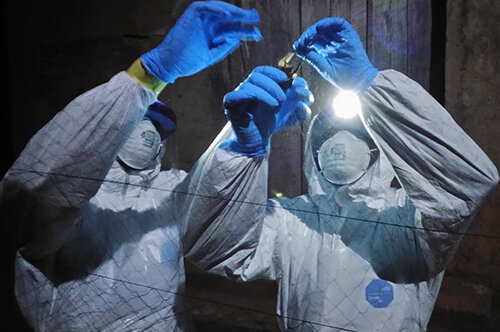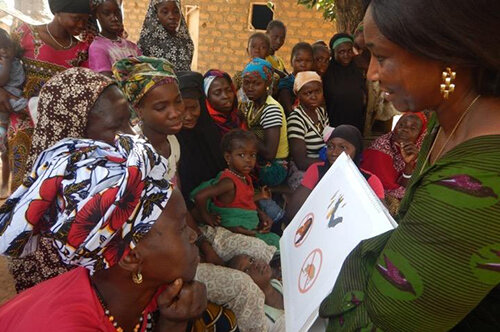PATHOGEN DETECTION & VIRAL DISCOVERY
Viral discovery efforts have an important role to play in controlling future epidemics. They are contributing to a global health paradigm shift by incorporating a more proactive approach to surveillance and pandemic preparedness. Developing vaccines, improving public health infrastructure, and funding basic research are all critically important. But by also finding viruses in wildlife before they emerge in humans, we stand to learn more about the ecology and evolution of viral diversity and transmission risk of potentially pandemic strains. Our finding of a new ebolavirus in bats, Bombali ebolavirus, and the detection of Marburg virus in new regions of the world before the disease has been recognized in people are good examples of how we are trying to operationalize this proactive paradigm.
These charts show the proportion of new and known viruses detected during the first phase of the PREDICT project (at left) and the second phase (at right). PREDICT’s viral findings have enhanced our understanding of the world’s mammalian viral diversity (including for humans) and helped validate and expand the world’s knowledge of the geographic and host species range for improved pandemic prevention and response.
Our strategy for viral discovery is to screen samples from wildlife, humans, and domestic animals by consensus PCR (cPCR) for viral families prioritizing the corona, filo, flavi, and paramyxo families, as well as influenza virus. Once we confirm the presence of a viral sequence, we prioritize samples for genome sequencing to better understand the relationship of the new virus sequence to those from known animal and human pathogens. Using our strategy our teams have now tested samples from 63,805 humans and animals (as of June 30, 2019), and more importantly 96% of the testing was performed in collaborating labs in 26 countries, a huge testament to the important training and capacity building we have provided. Successes from our strategy include the identification of a high diversity of newly detected viruses in bats and rodents, as well as a better understanding of viruses circulating in humans and domestic animals that are not routinely included in surveillance programs.
Some exciting findings from our in-country partner labs over the last year:





